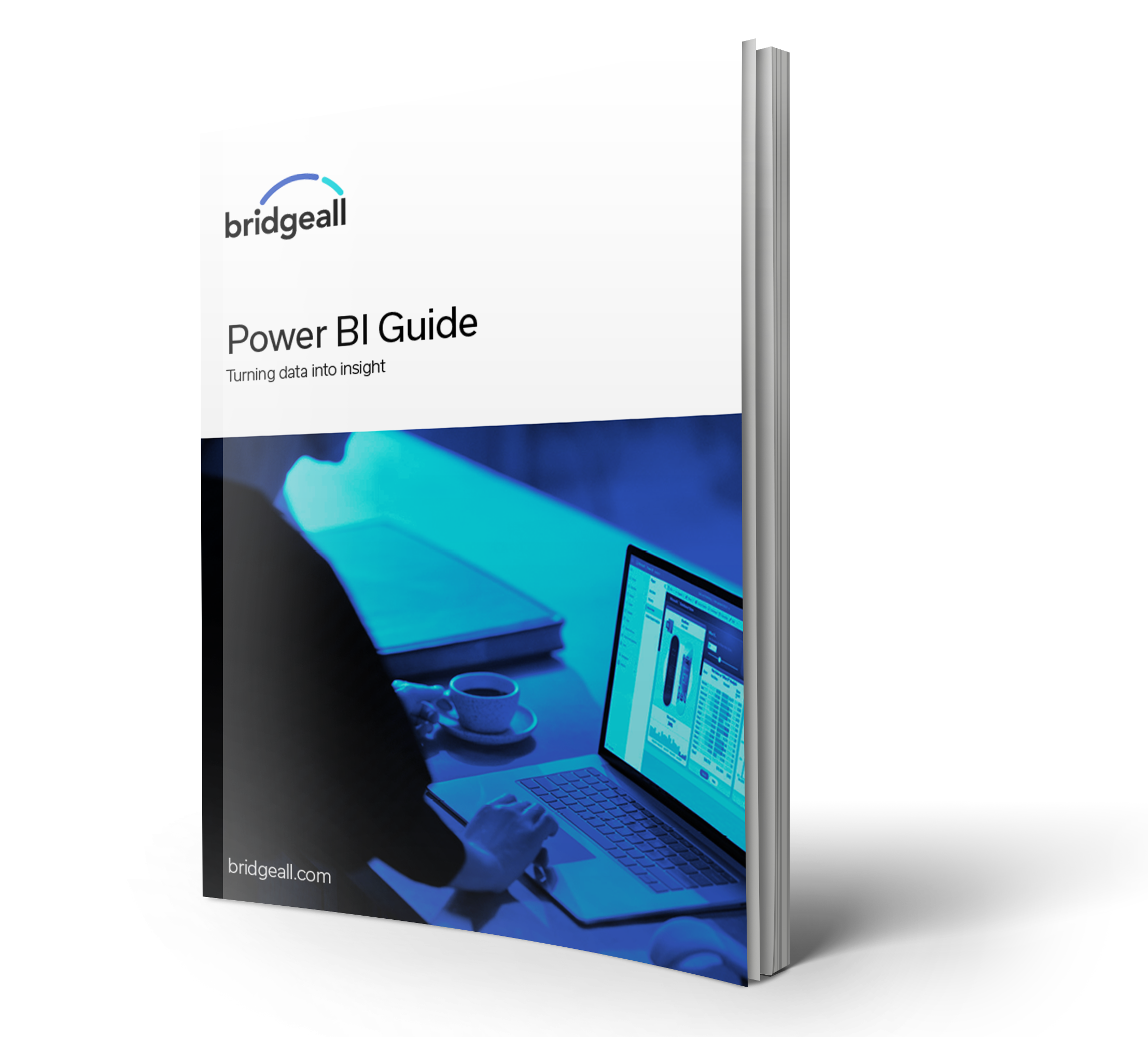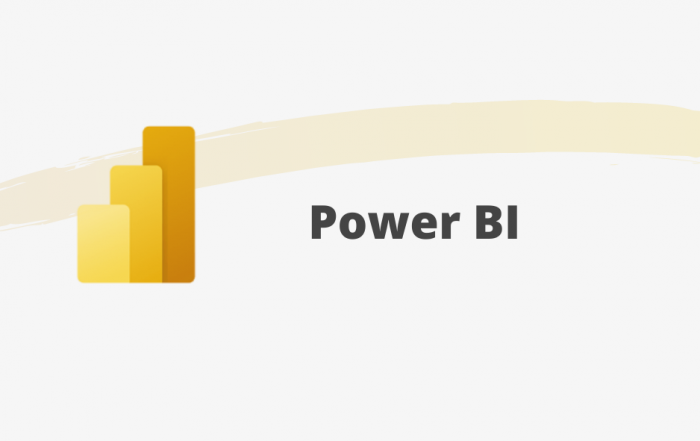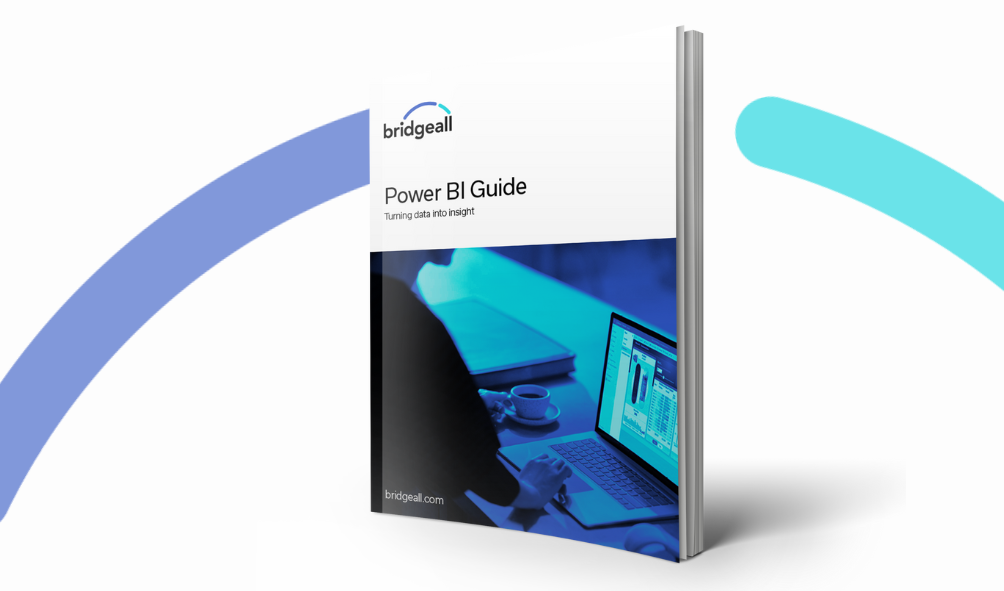Data Strategy
Data has become such a vital activity for any business that having its own dedicated data strategy is key. At Bridgeall we help organisations at all stages of their journey take steps forward. Our data strategy consultancy covers a wide range of areas.
Why data strategy?
A data strategy is a critical initiative to move your organisation forward. Data has become such an important asset that you need to ensure you’re tapping into the value it can offer you.
The goal is to become a data driven organisation that fosters a data driven culture. Understanding where bad data and manual processes hamper your organisations productivity and decision making it critical.
The ability to improve decision making and productivity and ensure full control over your data is a key way of building the business case for investment in data.
Data Strategy overview
When looking at your data strategy there are a number of key elements to consider. Whether you are starting from scratch or you have an existing data strategy piece in place and are looking at moving initiatives forward.
Data strategy is a cyclical process of reviewing the landscape, creating the strategy and architecture and delivering priority initiatives against these and then repeating the process as you move your organisation forward.
Our data strategy follows the framework below.
- Understanding where you are is a key first step – Where are you on the data maturity curve, what tools, systems and capability do you have in place already. What processes do you have around data and what capability do your people have when it comes to data.
- Creating the strategy and target architecture – This is where your business requirements, objectives, wider business and digital strategy come into play. Understanding your data strategy fits within the wider context and using this and the review to create a data strategy. Your data strategy should be your guiding north star when it comes to everything data in your organisation. It should set out what’s important to you, your objectives and requirements and how you plan on getting there. A key part of any practical data strategy is a target architecture. What tools, systems, data sources, capability and resources are you looking to put into place to deliver your data strategy.
- Putting it into practice – Taking the above and turning it into projects and initiatives that will move your organisation forward. Using your data strategy to prioritise these initiatives and keep you focused.
- And repeat
Data Governance
Data governance is important part of data strategy. There are two key areas of data governance to focus on. Firstly, is your responsibility for your data, what data you hold, be it employee, customer, financial, all have requirements for you to ensure it is protected and stored correctly.
Secondly, your organisation will have data from multiple sources in many different formats, being used by different people. If there is conflicting data, what one do you trust? If you are using a report to make a decision, are you confident in the data sources and the calculations?
This is where data governance comes in. Managing your data, understanding what data is where and what the best data sources are and working to improve the quality of your data within systems and reports. Master data management is a part of data governance and can be applied to increase the quality of your data, or achieve initiatives such as Single Customer View.
Data Strategy services
At Bridgeall we provide a full range of audit, consultancy and implementation services to help you deliver a great data strategy. We focus on helping you define and meet the objectives that matter to you and provide the most value to your organisation.
Data consultancy services
At Bridgeall we provide a range of custom made consultancy offerings designed to help you solve a problem facing you with data. These include the following areas.
Data Landscape assessment
We offer a data landscape assessment to support organisations to gain a better understanding of their data and provide a clear data strategy to move forward. We focus on helping you get your data into your reports to aid your decision making.
Data strategy consultancy and review
We offer data strategy consultancy and review services. Whether you are just getting started with your data strategy, have an existing strategy you wish to review or are looking to understand where you are vs your strategy we have a range of services to help.
Data maturity
We help organisations understand their data maturity. This is an important framework for assessing where you currently are with your data maturity and where you would like to be. This is a key activity that can be part of your data strategy work and can be helpful to have a third party provide an unbiased view on your maturity.
Data Governance services
Governance and data management is a key element of any data strategy and we provide a range of tailor made services to help you understand and improve your data governance.
Data governance assessment
We provide data governance assessments that review your existing governance processes and practices, consider your master data and data sources and provide a recommendation report for improving your data governance.
Power BI QuickStart
We offer a packaged consultancy, governance and strategy called Power BI Quickstart. During Quickstart we will help you get up and running with Power BI or review your existing set up to ensure you are doing things right. We provide a governance strategy, best practise advise and a roll out plan in your organisation.





